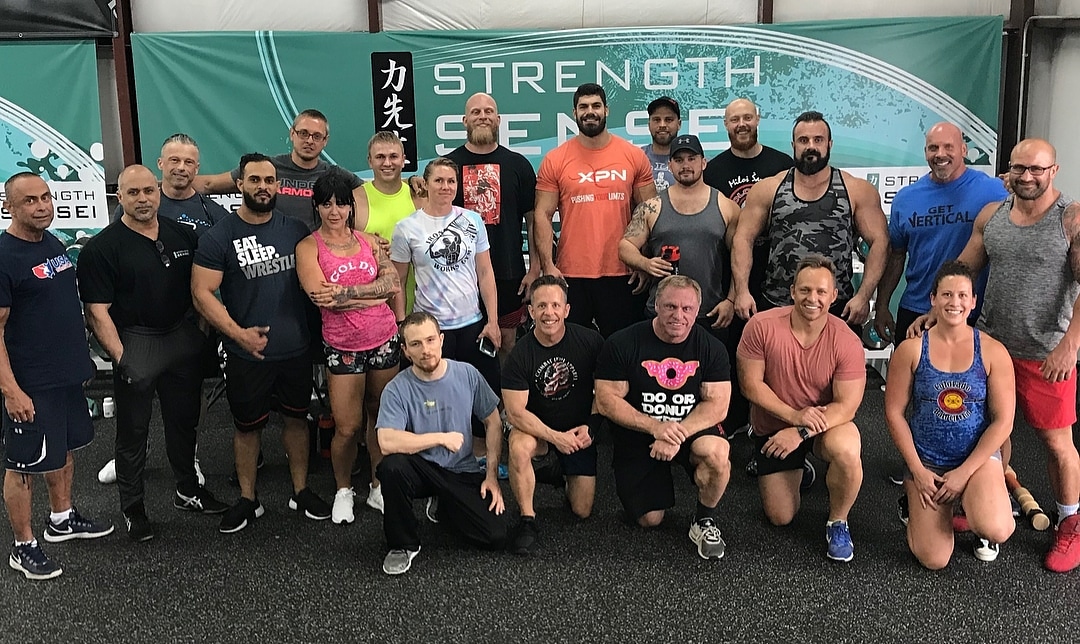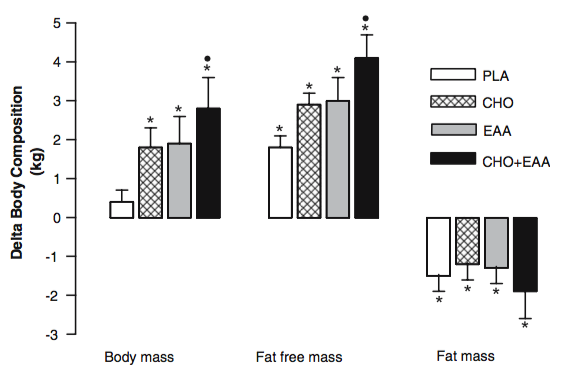Looking back just fifty years, the Western world appeared markedly different. A simple glance at a photograph from a beach in the 1970s shows almost everyone looking slim by today’s standards. What changed? Over the decades, we replaced a food system based on fresh ingredients with one dominated by processed, calorie-dense foods. We shifted from a life spent enjoying the outdoors, basking in natural light, to one where the only warmth we feel often comes from the glow of our screens. We designed cities that are almost impossible to walk or bike around, building a world that prioritizes cars and convenience over movement. We created a fast-paced, stress-filled lifestyle that encourages comfort eating and makes sedentary behavior the default. Our collective environment shifted—and this shift, more than any individual failing, has left us with a legacy of declining physical and mental health.
When we talk about 'environment,' we’re not just referring to the physical spaces we inhabit, like our homes or workplaces. Our environment also includes the broader context—everything from the social norms around us to the foods most readily available, the lighting we’re exposed to, and even the technologies we interact with daily. Together, these factors shape our choices, behaviors, and ultimately, our health.
When we look in the mirror, we’re often quick to blame ourselves for the state of our health or well-being. If we gain weight, we assume it’s due to a lack of willpower or self-discipline. We think, “If only I had chosen healthier foods, exercised more, or practiced better self-control.” But as Benjamin Hardy argues in Willpower Doesn’t Work, this focus on personal willpower as the primary tool for change overlooks a crucial element: our environment. He asserts that environment—not sheer willpower—is the invisible force that shapes our choices, habits, and ultimately our health. Indeed, the choices we think are fully our own are often deeply influenced by our surroundings, and any real, lasting change requires altering the conditions that continuously shape our behavior.
Psychologist Dr. Wendy Wood, a leading expert on habits and behavior, supports this view with research demonstrating that habits are not isolated acts of self-control but are deeply tied to cues in our environment. Wood’s research shows that we may feel autonomous, yet our behavior is “very integrated with” the triggers in our environment. She explains that habits allow us to perform routine actions without consciously thinking, which is efficient but can also reinforce behaviors we might want to change. When we’re surrounded by cues that trigger unhealthy behaviors, we can’t expect sheer willpower alone to overcome them. To change, we must disrupt the environment itself.
Consider how this concept applies to health and weight loss. The diet industry largely focuses on personal responsibility, teaching us that if we eat the wrong foods or gain weight, it’s our fault. We’re told to “choose better” or “control cravings” without acknowledging that, for most people, willpower alone can’t undo a toxic environment. In an age where food engineering creates highly addictive flavors, where high-stress lifestyles encourage comfort eating, and where sedentary work setups make physical activity challenging, individuals are set up to fail if they rely solely on self-discipline. As Hardy and Wood suggest, genuine change requires altering these environmental cues—whether that’s changing the types of food we keep in our homes, rearranging our workspaces to encourage movement, or reducing our exposure to stress-inducing stimuli.
The powerful link between environment and behavior extends beyond physical health. Dr. Wood’s research, alongside Hardy’s insights, shows how even addiction can often be traced back to environmental triggers. The behaviors and patterns that lead to substance dependency or unhealthy relationships with food are, to a significant extent, a reflection of the environments and social circles we find ourselves in. These environments influence not only our behaviors but also our identity and self-concept. For instance, someone in a social circle that normalizes sedentary living and fast-food consumption will find it harder to adopt an active lifestyle and healthier diet, not just because of internal resistance, but because the environment subtly pushes against it.
Hardy puts it best: “To a certain extent, your life is not a reflection of your deepest-held values and beliefs but of the social norms that surround you.” The same is true for anyone trying to overcome a harmful habit. If they remain in an environment that reinforces the behavior they’re trying to break, they have two choices: either conform to a negative influence or resist it through willpower alone. Both paths are grueling, and often, neither is sustainable. This insight is also underscored by Dr. Wood, who suggests even small adjustments in routines—such as eating with a nondominant hand—can disrupt habitual behavior patterns by forcing us to become more mindful. It’s in this brief moment of awareness that change becomes possible.
Perhaps one of the most powerful ways to think about the impact of environment on health is through the metaphor of cells. Just as cells in a body thrive in healthy environments and struggle in unhealthy ones, humans too reflect the environments they inhabit. If you’re surrounded by environments that foster health, positive habits are almost a given. But if you’re entrenched in environments that lead to stress, poor eating, and inactivity, expecting sustained health and happiness is a near-impossible battle. In other words, you cannot achieve health in the same environment that made you sick in the first place.
There’s also a deeply ingrained idea in society that we are products of our choices rather than our circumstances. But Hardy argues that this belief, while comforting, is incomplete. Our environment heavily shapes our thoughts, which in turn guide our choices. If we read books, have experiences, and surround ourselves with people who reinforce a certain set of values, those values begin to shape how we think and act. In contrast, when we remain in environments that conflict with our personal goals or values, we may struggle to become the people we aspire to be. True change, then, is often not about forcing ourselves to make different choices but about surrounding ourselves with a setting that naturally leads to those choices.
As Dr. Wood notes, even the act of changing small cues in our environment can make a significant difference. For someone trying to lose weight, for instance, this might mean rearranging the pantry to prioritize healthy foods or setting up spaces for activity instead of inactivity. This creates a moment of reflection—an opportunity to pause and choose a new action rather than following an ingrained response. By actively managing our surroundings, we gain leverage over our habits, bypassing the limits of willpower.
So what does this mean for each of us? It’s an invitation to rethink the idea that change is simply a matter of trying harder or being better. Instead, the question becomes: How can you reshape your environment to support the goals you want to achieve? This shift in perspective moves us from self-blame to empowerment. Rather than seeing ourselves as weak for struggling, we can take practical steps to create spaces that foster health, focus, and resilience.
If you’re interested in transforming your environment to support better health and well-being, I can help you make strategic changes that align with your goals. Together, we’ll assess the environments you encounter daily—from your home and workspace to your social settings—and create actionable steps to make these places more conducive to the habits and lifestyle you envision. After all, health is less about willpower and more about building an environment that works with you, not against you. Let’s create a foundation where health isn’t just possible; it’s inevitable.






